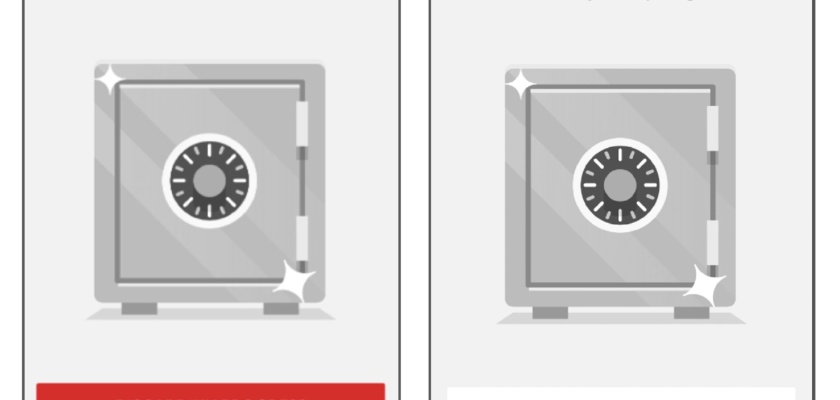How Duolingo A/B tested delayed sign-ups to drive growth

The age-old question for B2C apps is whether you force the sign up on a new user before they can experience your app or allowing them to get a taste for the app before they register.
In this instance, Duolingo questioned that very assertion and put it to the test by delaying the sign up process until they hit a milestone, and only then asking for a signup.
In an interview in First Round Capital’s blog, here’s what was revealed:
“We found that by allowing users to experience Duolingo without signing up — do a lesson, see the set of skills that you can run through — we could increase those sign-up metrics significantly,” says Gotthilf. “Simply moving the sign-up screen back a few steps led to about a 20% increase in DAUs. The first foray into delayed sign-ups was before my time, but we’ve since seen a positive impact.”
Why we think this A/B test is good:
Onboarding experiments are the bread and butter of experimentation, and nailing a new user’s first experience is paramount in helping them understand your product’s value proposition and ultimately convincing the user that your product can help solve their problem, so much that they would sign up for your product.
